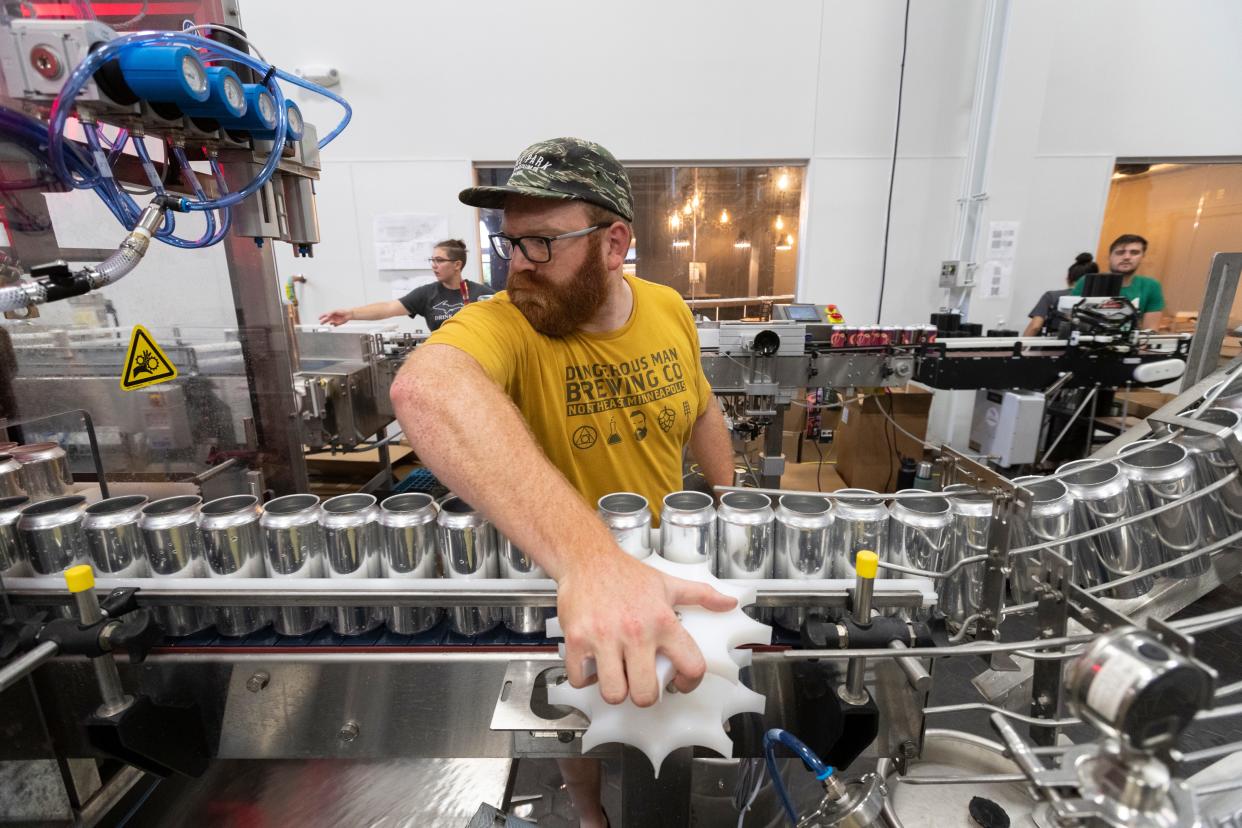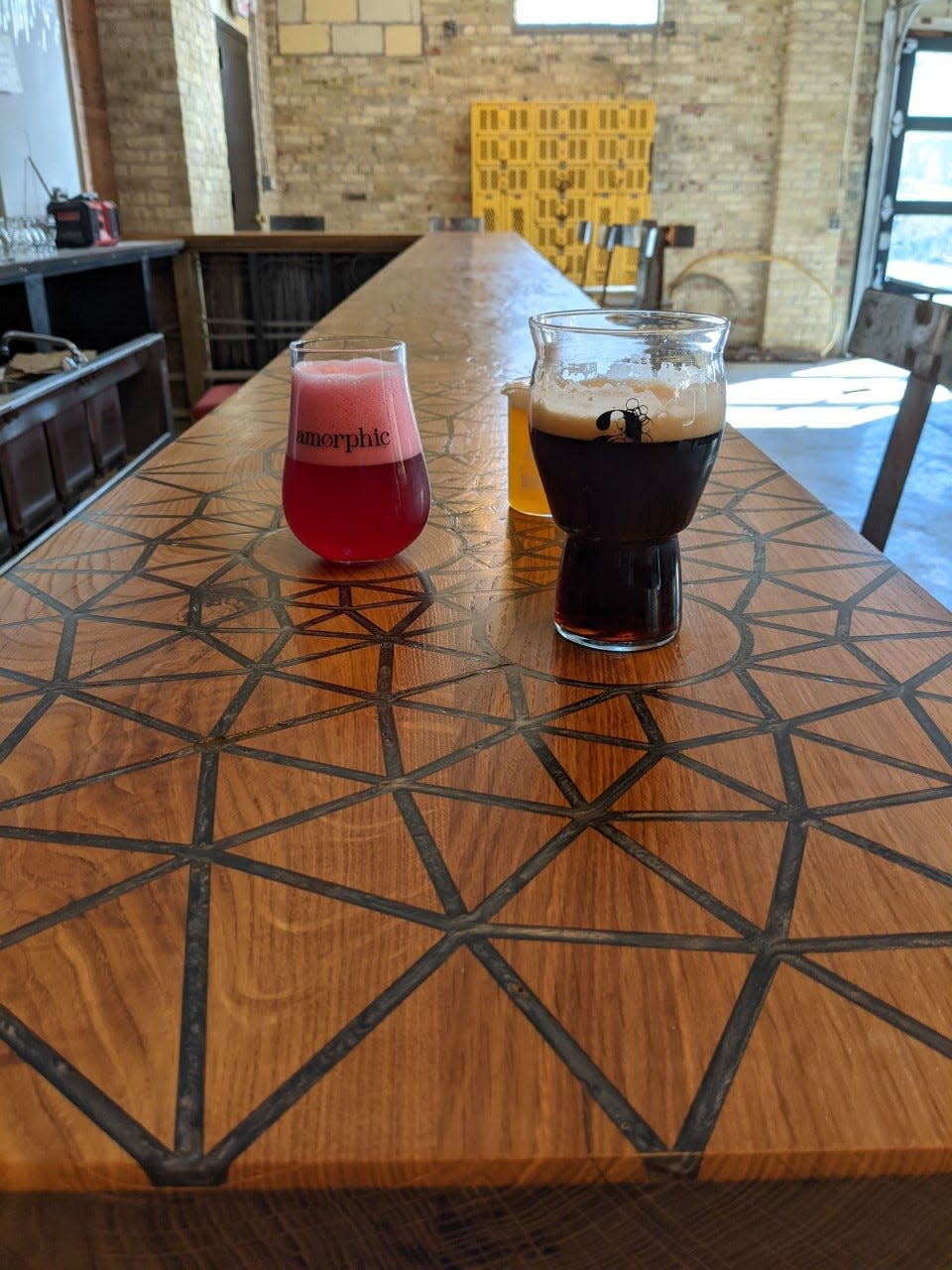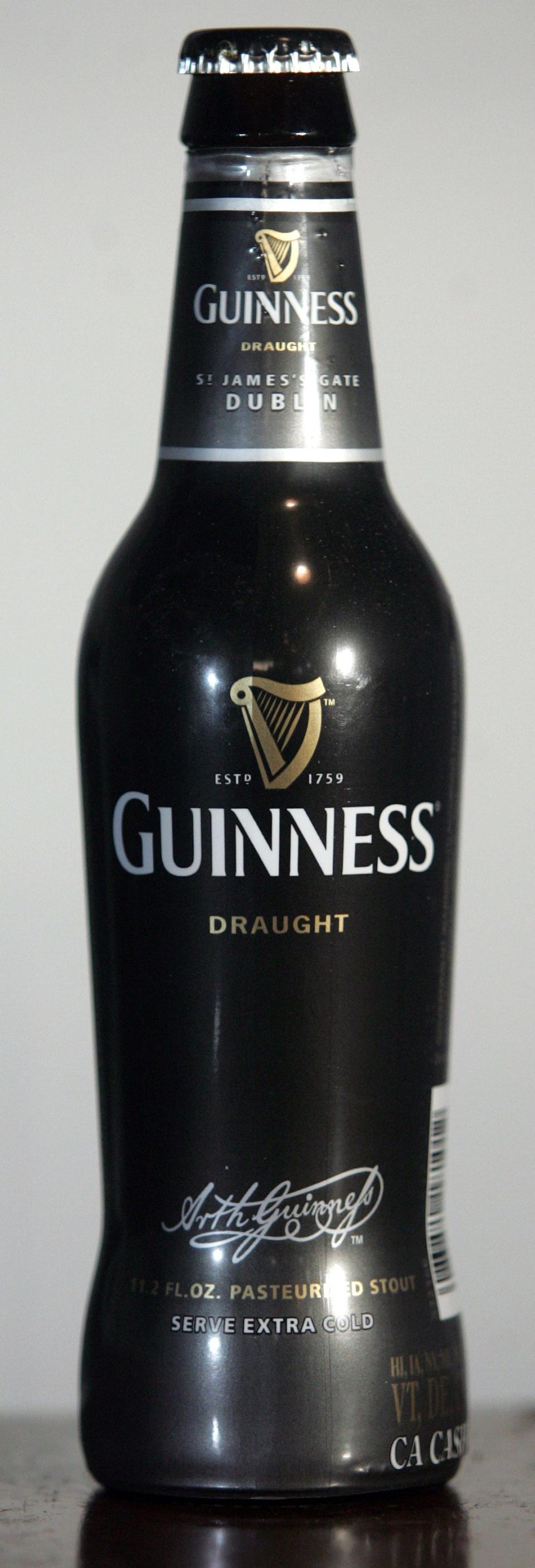Have you heard the one about ...? Local brewers respond to beer myths

Myths about beer and brewing have been around as long as there has been beer.
For instance, while the ancient Sumerians invented the brewing process, Egyptians became famous as the original brewers. The Egyptians gave credit to the god Osiris for teaching them how to make beer, according to the World History Encyclopedia.
Modern myths about beer are thriving, too. These are a few of the favorites from a Brooklyn homebrew club called The Brewminaries, as reported to Business Insider.
Beer should be served ice cold — the ideal temperatures vary by the type.
Dark beers are stronger — color has no connection to alcohol connect
Bottles are better than cans — cans protect beer from light and oxygen better than bottles
Local brewers — as busy as they are in the peak month for beer sales — agree on the can/bottle confusion — and add draft brews to the mix.
One common misconception that Jake Schinker, co-founder and brand director of Eagle Park Brewing & Distilling Co. in Milwaukee and Muskego, says he hears about beer is how it tastes different on draft versus in cans.
While that may be true in some cases, he said, the reason isn't widely known and the remedy is simple.
Whether destined for a can or keg, all beers come from the same tank. In fact, sometimes kegs and cans are filled simultaneously by splitting off hoses from a canning line to a keg filler.
“When you think about it, cans are just miniature kegs,” Schinker said. Both are metal containers that are cleaned, purged with CO2, then filled and sealed to create an oxygen- and light-free environment to keep the beer fresh for as long as possible.
The difference comes when the beer is served, Schinker said. When beer is served out of a tap and hits the glass, it reduces the amount of dissolved carbon dioxide.
“It allows all those great aromas to leap out of the glass,” he said. Between 75% and 95% of what we think of as taste actually comes from the sense of smell, Schinker said.
“This is why when you drink the same beer out of a can it can taste so different. The can itself is blocking your nose from taking in all of the awesome scents that are packed into a good beer.”
Tim Cigelske, director of communications at Sprecher Brewing Co. in Glendale, agrees.
“Beer doesn’t taste better in a glass or a can but tastes the best when it’s poured out into specialty glassware to release its full flavor and aroma. If you are drinking out of the small opening in a can or bottle, you aren’t getting the full effect.”
Sprecher had some questions from longtime customers when it switched from bottles to cans in January. Cigelske said the brewer has been working to share how drinking out of specialty glassware is the best option but found a customer who put it so well his comments were included in a blog on the Sprecher website.
“I was afraid that it would taste different than the bottle or have a lower alcohol content,” Jerry Bustamente said. Jerry took his six-pack cans home and poured them in a glass, and he couldn’t tell the difference between a bottled beer and beer in a can.
“It does taste better poured into a glass,” he said.

It’s also a myth that cans are for cheap beer, said Ron Hockersmith, founder and director of brewing at Amorphic, which opened a brewery last fall in Milwaukee's Riverwest area.
“There is no UV light to cause off-flavors, and it's easier to purge the oxygen out of the can during packaging in most cases. These days, almost all craft beer is packaged in cans, and each year more make the switch,” he said.
Warm, bitter and bottom of the barrel
Misconceptions go beyond the can/glass/draft conundrum, said Tim Eichinger, co-owner of Black Husky Brewing in the Riverwest neighborhood,
“Sometimes people request room temperature beer for carryout rather than what we have in the cooler. Someone came up with this idea that when beer goes from cold to warm and then to cold again it affects the flavor,” he said. “This may be true, but it makes no sense to ask for warm beer because that beer was cold in the fermenter, during canning and then went directly into the cooler. The warm beer that they want has already gone through one temperature change.”
“We still hear that bock beer is made from sludge at the bottom of the tanks when they are cleaned in the spring. I don’t know about other breweries, but that’s not how we make our bock beers at Black Husky,” he joked.
Hockersmith has heard his own collection of myths from customers, including:
Myth: All hoppy beers are bitter
New customers may tell him they don’t like IPAs, but IPAs have evolved in the past 20 years to a large variety of substyles, he said.
“We often convince a ‘non-IPA drinker’ to have one of our IPAs, and they usually find they love the floral aroma and fruity taste, often without much bitterness.”
Myth: A 'simple' beer like Miller Lite is easy to make
It's actually very hard to make beer the same over and over again.
“Even more so, making a beer that is light in color, body and flavor leaves the brewer nothing to hide mistakes behind," he said. "Plus, making a beer with a large amount of corn or rice is even more complicated due to the difficulty in extracting sugars from those grains. You could actually argue a beer like Miller Lite is the hardest beer in the world to make.
"That said, that doesn't mean it's a style we have a preference for.”
Myth: The brewing process is always the same
Take a brewery tour and you might think “you mix the grain with the water and add the yeast and it poops out alcohol,” he said. “The reality is each beer can have a different process, equipment, time, temperature, etc.
"Beer is a living thing, and it depends on the specific yeast and/or bacteria strains used, and the flavors, aromas and colors that are desired by the brewer. Some beers use specialized equipment or take multiple days to produce the wort. Some can be fermented in barrels for years, while others can go from grain to glass in seven days.”

Myth: Colder is always better
Every beer has a preferred serving temperature, Hockersmith said “The colder a beer is, the less the human palate can taste it. If you are drinking a beer you actually like, you probably don't want it ice cold. And in Europe, they don't serve warm beer, but they do serve some styles of beer warmer than we might typically do here in the U.S.
“Some styles popular in the U.S., such as an Imperial stout, may actually taste best coming straight out of your basement or cellar at 50-55 degrees. At Amorphic Beer, we target an ‘in the glass temperature’ of 44 degrees for most of our offerings.”
How to get the best flavor from your beer
When all is said and done and poured, it comes down to the experience of drinking. Local brewers have advice on how to serve and drink their beers. Schinker agrees on the importance of the right glass.
“We recommend always pouring canned beer into a glass. Oh, and use a clean glass while you're at it. If you ever see tiny bubbles clinging to the sides of the glass, that's not a good thing. Always give your glass a quick rinse with cold water before filling it. That will get rid of any soap residue or dust that will affect the flavor of your beer.”
Also, don’t dis the foam. “Obtaining a long-lasting head on a beer is something brewers generally strive for and involves a lot of complex organic chemistry and physics,” Hockersmith said “That foam also releases aroma into your nose as you drink the beer, which changes your drinking experience.”
A few more tips from Amorphic:
Decide if you want the residual yeast, fruit or other material in the bottom of the can. If so, rock the can back and forth a few times in your hands before pouring.
Open the can, pour in one smooth motion into a glass that is tilted at a 45-degree angle. As the pour nears the end, move the glass upright to achieve the desired amount of head.
Take a sniff and enjoy the aromas for a second.
Take a sip and see how your impressions change.
Take a look and then enjoy the rest of the beer.
Always rinse your glass between beers.
But Tim Eichinger offers the final word for beer lovers: “Don’t get caught up in what ‘experts’ say. Have a beer and enjoy it.”
Sign up for our Dish newsletter to get food and dining news delivered to your inbox.
Our subscribers make this reporting possible. Please consider supporting local journalism by subscribing to the Journal Sentinel at jsonline.com/deal.
DOWNLOAD THE APP: Get the latest news, sports and more
This article originally appeared on Milwaukee Journal Sentinel: What beer myths do Milwaukee brewers hear most?

